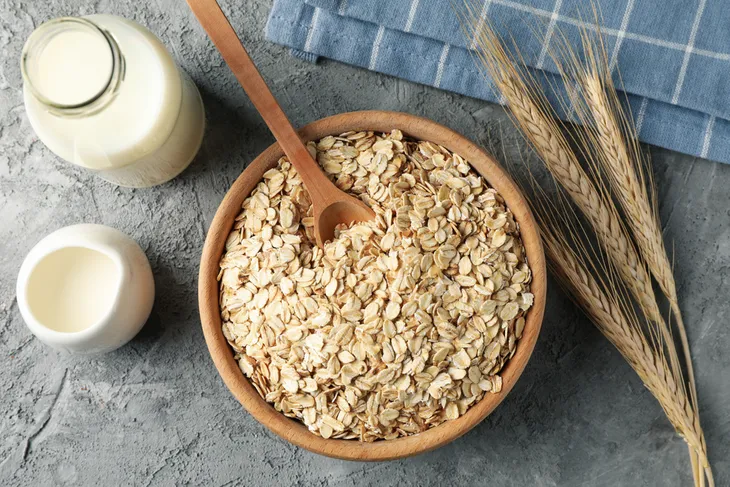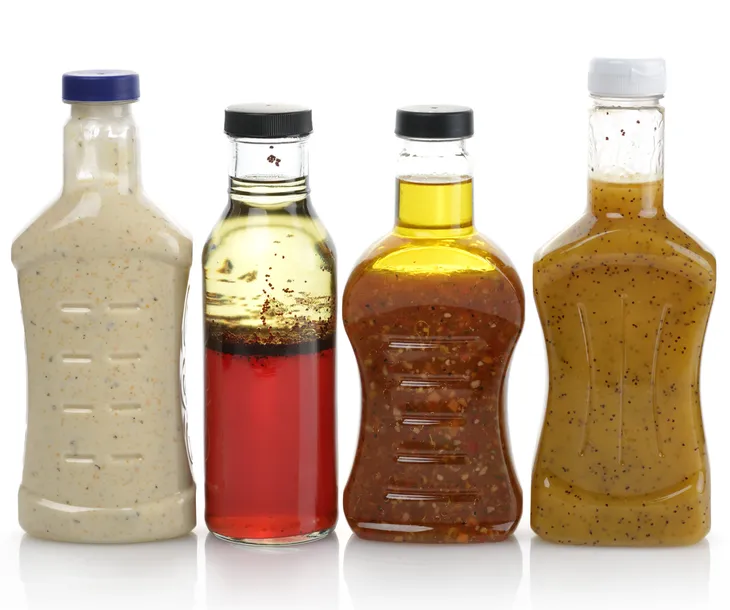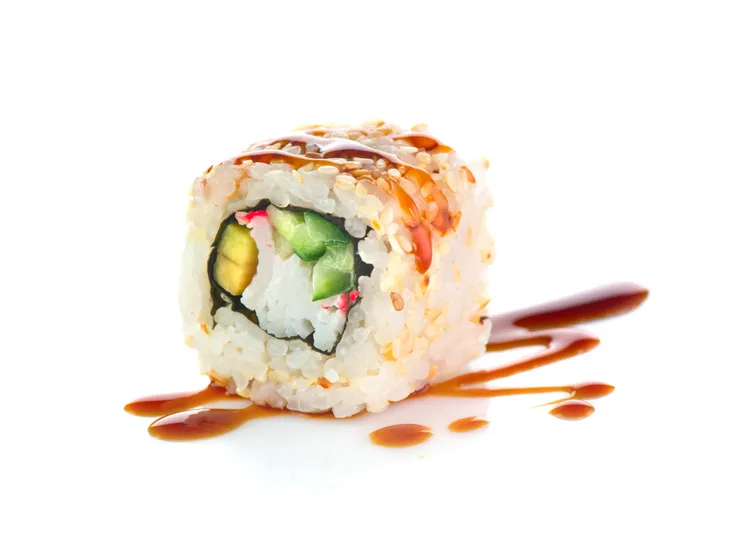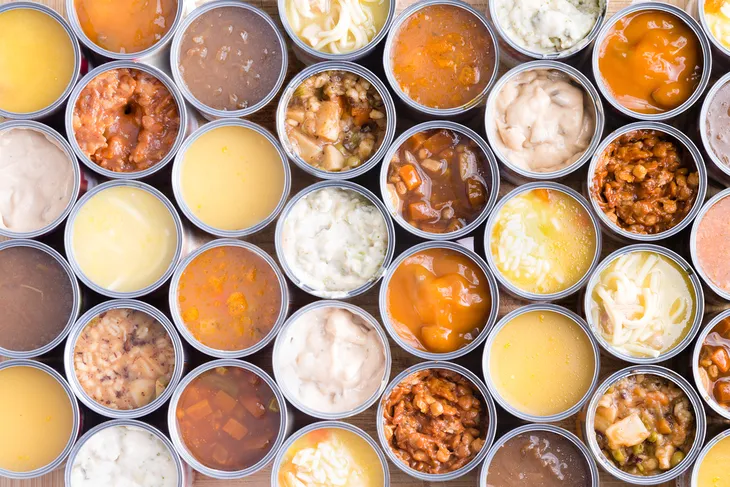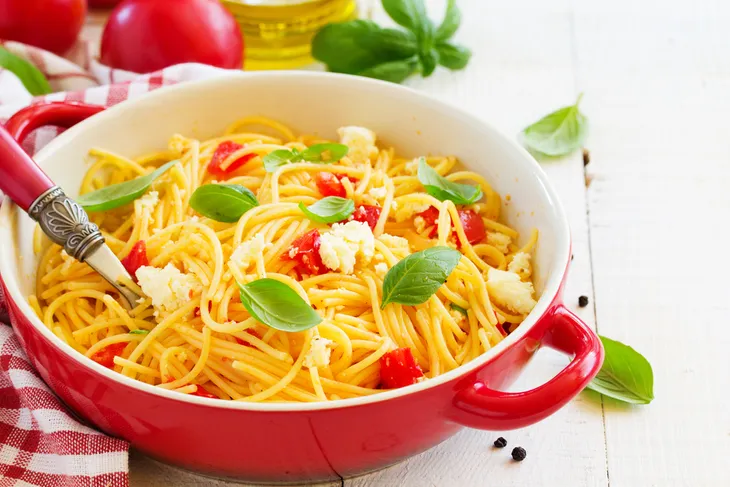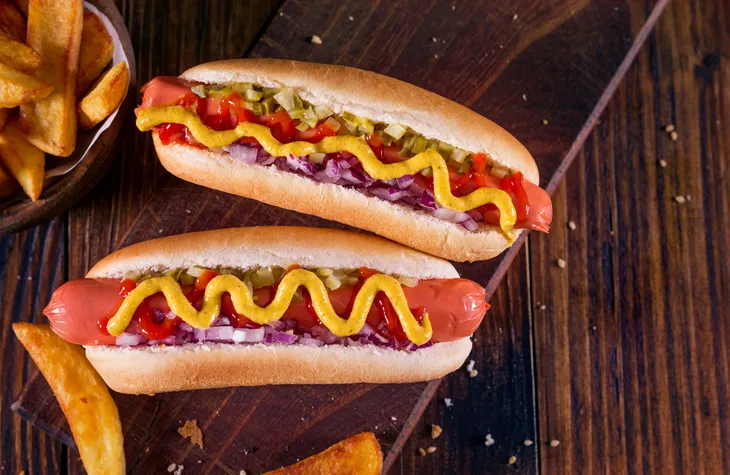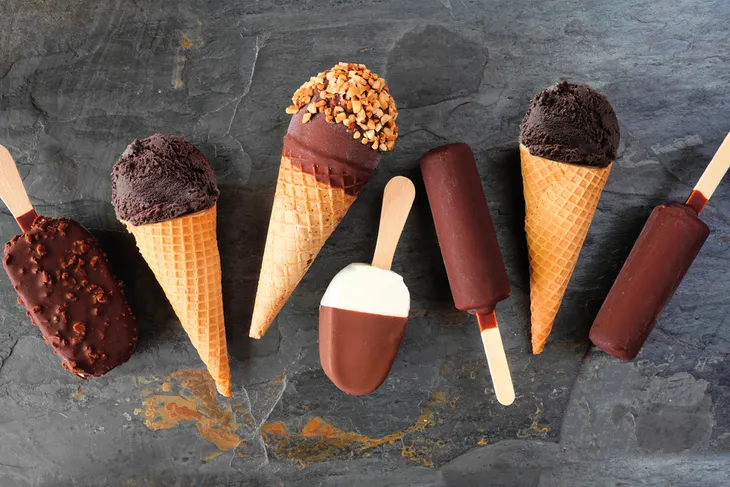- For the majority of people, avoiding gluten is more of a dietary preference than a necessity, but for those with celiac disease and severe gluten intolerances, the result can be serious.
- It’s important to know what foods to be wary of because you never know what foods may contain hidden gluten.
- Always read the ingredients and when in doubt, err on the side of caution.
The gluten-free trend forges on and many people are choosing this as an alternative diet, and not just those who suffer from celiac disease. For the majority of people, avoiding gluten is more of a dietary preference than a necessity, but for those who suffer from celiac disease and severe gluten intolerances, the results of consuming gluten unintentionally can be serious and have detrimental effects on their health.
For this reason, it’s important to know what foods to be wary of because you never know what foods may contain hidden gluten. Here are 12 food items to watch out for…
Chewing Gum
Chewing gum may seem harmless and you’re likely to pop a piece in your mouth without even thinking about it, but this could be a big mistake. Some manufacturers use powders that contain gluten to prevent the gum from sticking to the wrapper.
It’s best to read the ingredients before even buying a pack of gum and watch out for mention of wheat, barley or other grains. Once you’ve done the research and found a gluten-free gum, we recommend sticking with just that brand so you’ll always know you’re not at risk.
Oats
Oats are a popular choice for many sticking to a gluten-free diet because, for the most part, oats are naturally gluten-free. However, some brands may actually be contaminated with wheat which can happen one of two ways: either by cross-contamination from the oats being grown in close proximity to wheat, rye, or barley crops, or from the oats being stored in silos that have housed wheat and other gluten-containing grains.
Most experts say that oats are only truly gluten-free if they’re labeled as such. So if you’re ordering something with oats at a restaurant, it’s still best to check and confirm the oats they use are actually gluten-free.
Salad Dressing
You wouldn’t really think that salad dressings would contain hidden gluten but surprisingly, many of them do. This is because many brands contain glutenous ingredients which are used as thickeners and stabilizers.
Fortunately, many brands do make dressings that are specifically gluten-free and labeling has come a long way from what it once was. To be sure, look for gluten-free labels and then double-check the ingredients list just to make sure you’re safe from any sneaky surprises.
Flavored Coffee
Gone are the days when coffee just referred to a steaming pot of dark brown goodness, nowadays the coffee options seem to be at an all-time high. There are endless choices to tailor your cup just the way you want it, and while good old black coffee is clearly gluten-free since it’s just beans and water, the same cannot be said about many other coffee beverages.
Some instant coffees for example can contain gluten as bulking ingredients and many flavored and blended coffee drinks can be multiple offenders. Flavoring syrups, whipped toppings, chips, and sprinkles often contain gluten, and the machines used to blend coffee beverages are normally used on all types of drinks without being cleaned in between. For that reason, you can’t guarantee a coffee beverage is free of gluten unless you ask specifically.
Sushi
Rice, fish, vegetables, and seaweed, all of these sushi ingredients seem safe as far as gluten contents but when you delve deeper, there’s more to the sushi story than meets the eye. Traditionally, sushi rice is made using rice vinegar but some restaurants may not follow tradition to a T and instead use vinegar derived from glutenous ingredients.
Another concern with sushi is that some sushi chefs may add soy sauce to the rice to season it before it’s made into those delicious-looking rolls. Soy sauce is not gluten-free unless specifically labeled as such, so before chowing down at your favorite sushi restaurant, check with the staff to make sure everything is safe for you to eat.
Cornbread
Corn is a common wheat substitute for people on a gluten-free diet and it’s used to make all sorts of gluten-free products like pasta, tortillas, and breads. At face value, cornbread, a popular side dish for traditional southern bbq, would seem like it’s gluten-free but before you consume, think again.
Many cornbread recipes contain more than just cornmeal and wheat is often added to give it a lighter, fluffy texture. If you’re at a restaurant, always ask if the cornbread contains gluten. If you’re at home, make your own so that you control the ingredients and know it’s safe to eat. You can also find many boxed cornbread mixes these days that are labeled specifically as gluten-free.
Flavored Potato Chips
Potatoes are another starchy vegetable that is generally safe for people on a gluten-free diet, so you’d think that potato chips would be safe. Many are fine, but when we start to look at the various types of flavored potato chips, the story changes.
This is because most of the flavoring powders used to give the chips their multitude of flavors, usually contain gluten ingredients such as malted barley flour and wheat gluten proteins. Even some of the unflavored chips pose a risk as they can be cross-contaminated during the processing process. To be sure, always check the labels before snacking, a little research can go a long way.
Canned Soup
Even though a canned soup may not contain any obvious wheat ingredients like pasta, there could still be hidden gluten lurking in your bowl. Many canned and restaurant soups use wheat ingredients as a thickener, which can also be true for many sauces and gravies.
Fortunately, there are a variety of canned soups available that use cornstarch or rice flour as their thickener making them gluten-free. Alternatively, you can make soup at home. It’s relatively easy, offers endless opportunities for creativity, and allows you to control the ingredients. Some chefs recommend using potatoes in your gluten-free soups as the starch will help thicken without using gluten.
Restaurant Omelettes
This hidden gluten offender may come as a shocking surprise! The breakfast world is seemingly riddled with gluten; toast, pancakes, french toast, crepes, and many others are off the menu for gluten-free eaters. Eggs are always a safe choice (well almost), but the next time you order a delicious fluffy omelet at a restaurant you might need to ask a couple of questions first.
Some popular US restaurant chains actually add pancake batter to their omelet to make them lighter and extra fluffy. So while you may think you’re just getting meat, veggies, cheese, and eggs, you’re actually consuming wheat. Talk to your server before ordering to ensure your first meal of the day is a safe one.
Gluten-Free Pasta
We know you’re probably wondering how the heck can gluten-free pasta contain hidden gluten. And while the pasta itself is usually safe (especially when it’s labeled specifically gluten-free), the problem is in the process. Many restaurants now offer gluten-free pasta as an alternative to traditional wheat-based pasta, which is great, but cross-contamination can easily occur behind the scenes.
In commercial kitchens, pasta water is often kept hot and ready to use when an order comes up, and many orders are cooked in the same water. If a restaurant cooks your order of gluten-free pasta in the same water used for all their other pasta orders, it becomes contaminated with wheat. This can be a major concern for celiac patients, in particular, so always check if there’s any risk to your health.
Meat, Fish, Poultry, and Veggie Protein
This may come as a surprise but the Cleveland Clinic says you’ll want to watch out for “hydrolyzed wheat protein” in meat, fish, and poultry products. Also, be mindful of seasoned meat and processed lunch meats like cold cuts and hot dogs as these often contain gluten too.
If you think you’re off the hook by opting for veggie protein like veggie burgers, sausage, or bacon then think again! The source notes that gluten is often found in these types of products so it’s important to always read the ingredients of any meat products.
Frozen Dessert Bars
Who doesn’t love dessert served on a stick? Frozen ice pops and dessert bars are popular but you should err on the side of caution. The Gluten Intolerance Group (GIG) explains that many frozen treats contain gluten.
The source notes that fudge bars are sometimes made with malted barley extract and some ice cream and frozen yogurt bars contain added ingredients like wheat starch or flavorings that contain gluten. Always read the ingredients and look for a certified gluten-free label.


